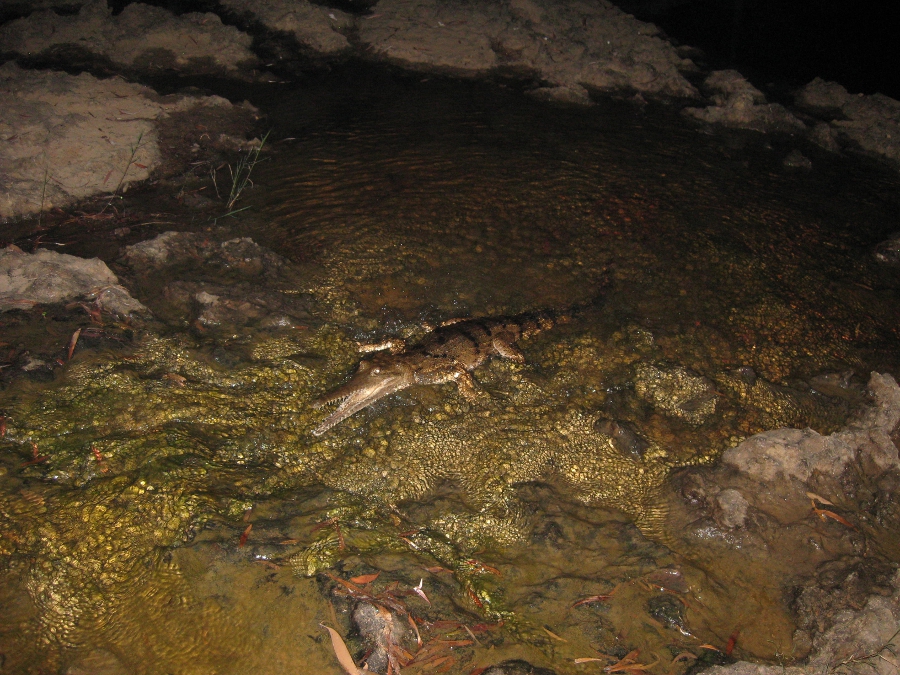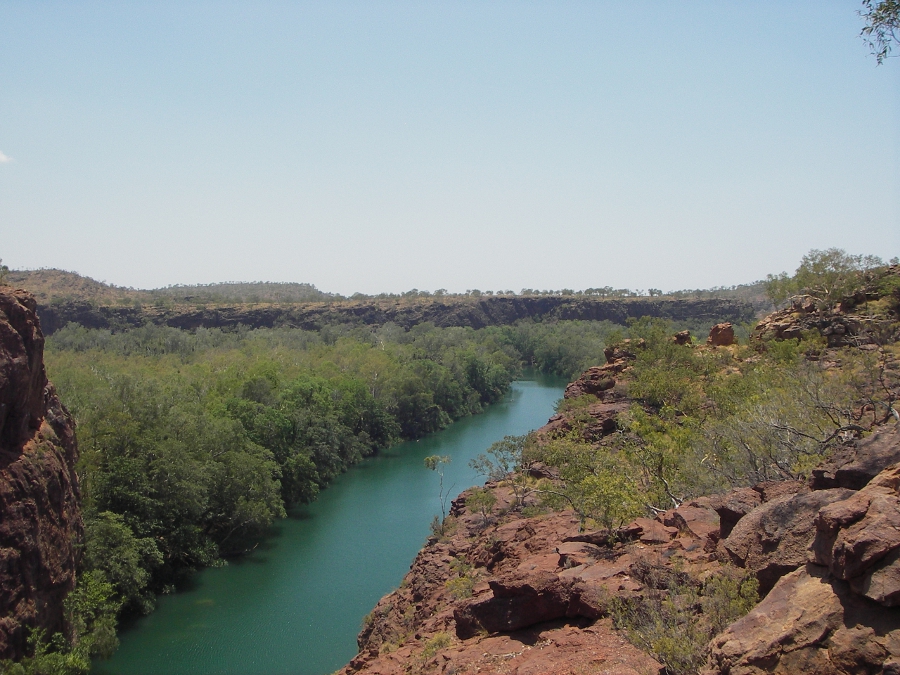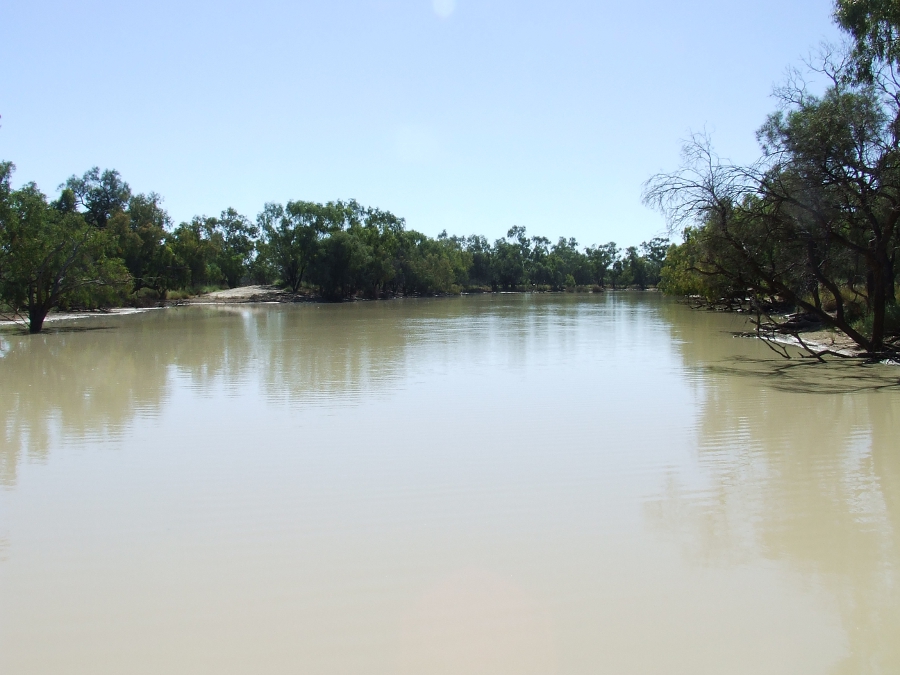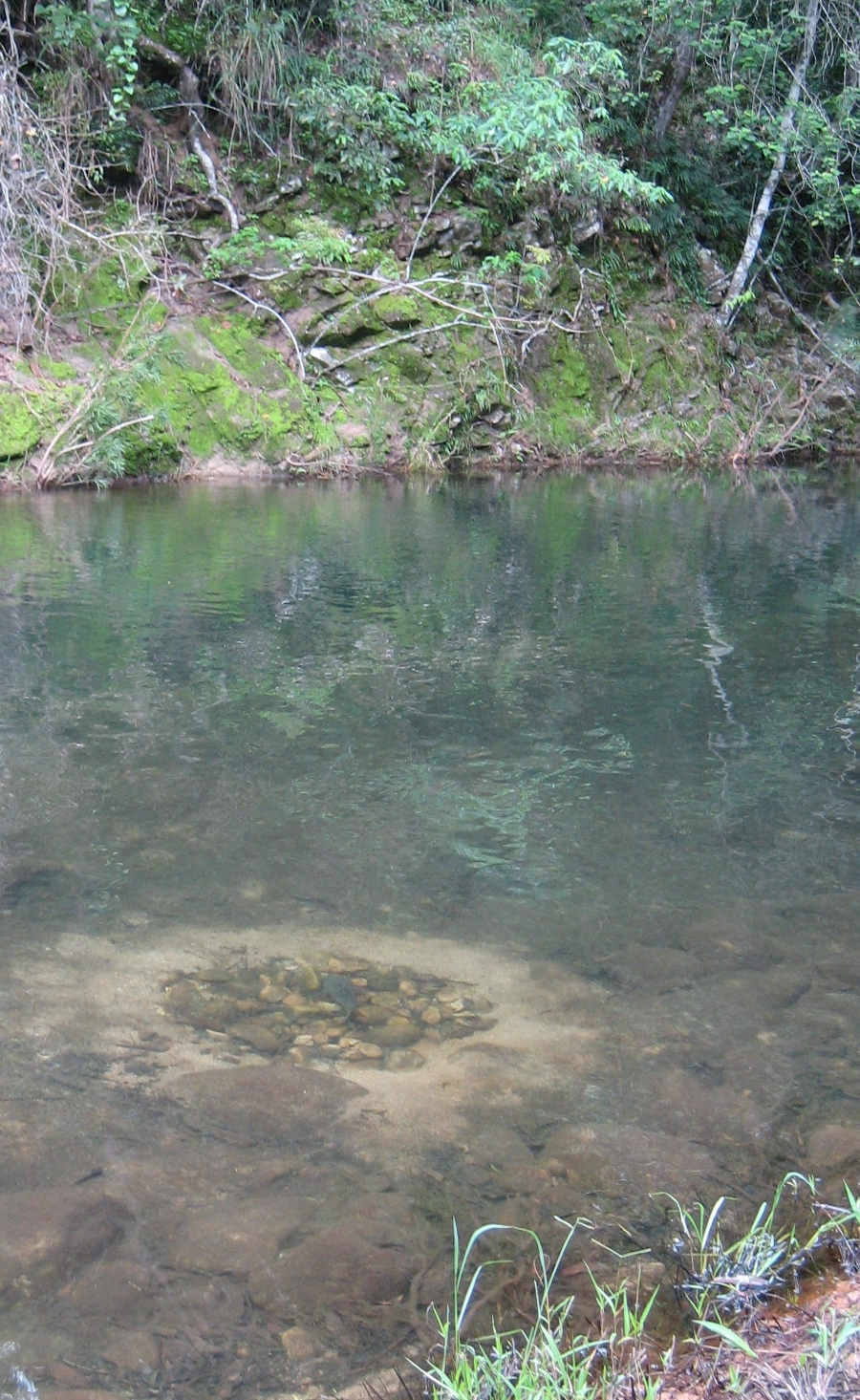|
|
Environmental Flows Assessment Program (EFAP)CoverageThe map below highlights the areas where sampling has occurred for this program. Click on the map to view information about the drainage basins in this area. Program start date2005 (Officially termed EFAP in 2007) Program end dateOngoing Objectives of the programTo assess the effectiveness of the rules and strategies specified under the Water Resource Plans and Resource Operations Plans in achieving the ecological outcomes stipulated within each Water Resource Plan. Note: EFAP is a performance monitoring program, with projects designed to test particular hypotheses. Some activities may be considered research rather than monitoring; however, all projects sit within a common framework with common objectives. Who is involved?Lead organisationDepartment of Natural Resources and MinesContact details of lead organisation: water.monitoring♲dnrm.qld.gov.au Partner organisationsThere are no defined partner organisations, but the program encourages collaborative research. Partner organisations that have collaborated in past include Tropical Rivers and Coastal Knowledge, eWater CRC, Griffith University, Department of Employment, Economic Development and Innovation, Australian Centre for Tropical Freshwater Research, Sinclair Knight Merz, Commonwealth Scientific and Industrial Research Organisation (CSIRO), Australian National University, University of Queensland, Seqwater and various Natural Resource Management groups.List of indicators monitoredThere are no generic indicators that are measured in the program. The indicators and design of each monitoring project within the program vary according to the flow management strategies, Resource Operations Plan rules and water resource plan ecological outcomes being assessed. Scale of programWater resource plan basin scale Brief description of sampling locationsAll basins with a water resource plan are covered under EFAP; however, the location of monitoring is directed by the level of water resource development, availability of resources and the locations of ecological outcomes and strategies that require monitoring. Frequency of monitoringThe frequency of monitoring varies for each project, from a single visit to multiple visits over time. Although EFAP is ongoing, individual projects are generally discrete and end after one to three years. Where is the program reported?A Risk-Based Ecohydrological Approach to Assessing Environmental Flow Regimes Annual report Queensland's water resource plans Scientific papers, for example:
Last updated: 22 March 2013 This page should be cited as: Department of Environment, Science and Innovation, Queensland (2013) Environmental Flows Assessment Program (EFAP), WetlandInfo website, accessed 18 March 2024. Available at: https://wetlandinfo.des.qld.gov.au/wetlands/assessment/monitoring/current-and-future-monitoring/environmental-flows-assessment-program.html |

 — Department of Environment, Science and Innovation
— Department of Environment, Science and Innovation






